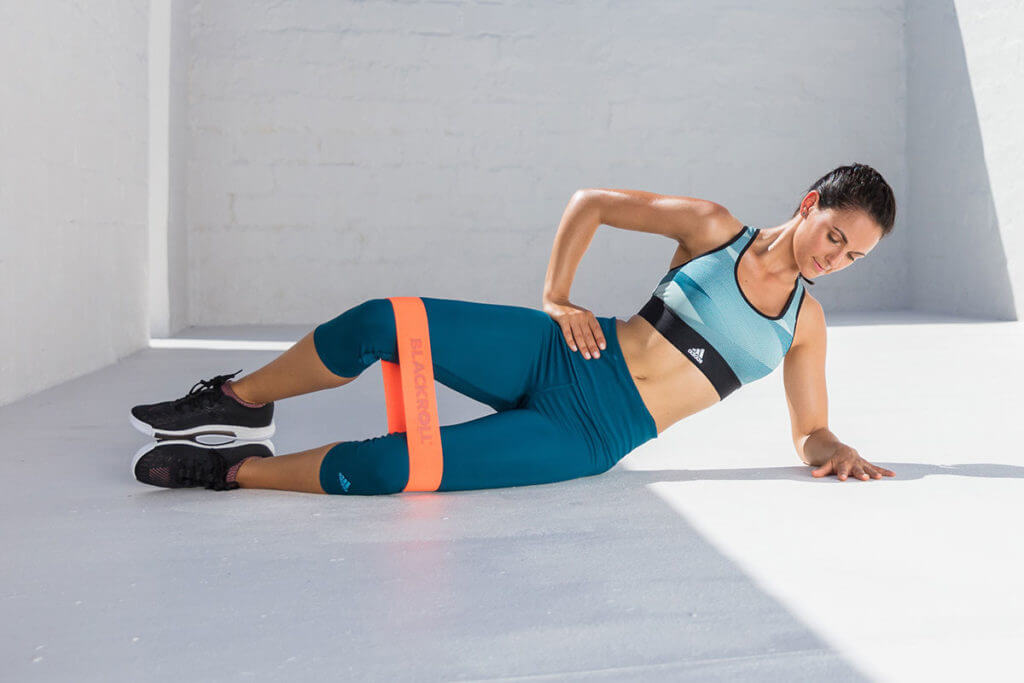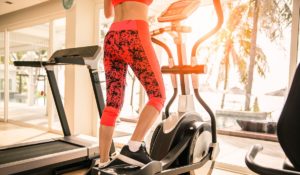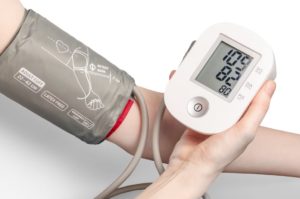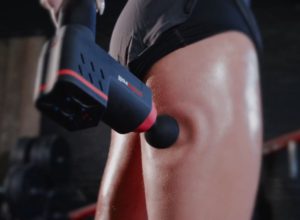Whenever someone mentions the phrases “exercise” and “weight loss” in the same sentence, my mind instantly imagines the dreaded cardio training. Let’s be clear, there is nothing wrong with cardio or high-intensity interval training (HIIT) and they can make up an excellent part of every fitness program. However, cardio-based exercises tend to chiefly improve endurance without significantly strengthening the muscles.
In recent years, trainers have started preaching more about resistance training – i.e. lifting weights as an alternative or accompaniment to cardio in order to burn calories and shape or grow the muscle.
Remember that muscles are the engines of your body and a bigger engine in a car (bigger muscles) will use up more fuel – i.e. more calories, thus aiding weight loss if that is your goal. But, just as importantly, a high revving small engine in your car will also use more fuel – this is the resistance technique – using high numbers of reps of relatively low resistance (i.e. not heavy weights) in order to burn energy without excessive hypertrophy (muscle growth).
Check out our article on the best exercise machines for weight loss for some machines which can help with both cardio and resistance training at the same time.
Resistance training can certainly help improve muscle toning without muscle growth if you don’t want to get the bodybuilder look. It can also aid your weight loss in combination with a suitable diet. Research suggests that resistance training does not have to involve weights, and the key ingredient is inertia – something for the muscle to work against.
Enter the resistance band! This is a long loop of rubber (essentially a huge rubber band!) which can be attached to a fixed object in your house (e.g. a door handle) and pulled via your arms or legs. Alternative you can trap the loop under your feet or hoop it around your legs and easily exercise muscles such as the biceps, triceps or gluts.
The question is – are resistance bands good for weight loss?
Well resistance bands are easy-to-use and cheap to purchase – this is a very good start in terms of whether they are suitable as part of a weight loss program. Training with a resistance band can also help counteract the side effects of aging (muscle wastage, osteoporosis etc) whilst benefiting weight loss as the muscles are worked.
Varying the Resistance
Resistance bands can be purchased with a range of tensions to provide different levels of resistance. Those who are more advanced with stronger muscles prefer higher tensions, while beginners go for the lower tension. Interestingly, a 20kg resistance band and a 20kg dumbbell will work your muscles quite similarly, but the price of the band will be an order of magnitude lower than the dumbbell.
We have put together our top 7 reasons to use resistance bands as part of a weight loss plan.
Resistance Bands Can Help Burn Calories
 It might be difficult to believe from just looking at them, but rubber resistance bands can offer significant resistance against movement.
It might be difficult to believe from just looking at them, but rubber resistance bands can offer significant resistance against movement.
Research conducted by the Norwegian University of Science and Technology has shown that resistance bands can be very effective at both improving strength and burning calories. This is also my experience with the BDAWeightwise clients I coach.
The research shows that the resistance bands help engage the ancillary muscles in minor movements and increase muscle ‘twitch’ at the extremes of the band extension. Resistance bands work by making the muscles overcome the elastic tension held within the rubber – think of it as pulling apart a spring – it can definitely work the muscle and burn energy. This muscle twitch effect created by the resistance bands simply cannot be reproduced in cardio training.
A Resistance Band Diversifies Your Workout Routine
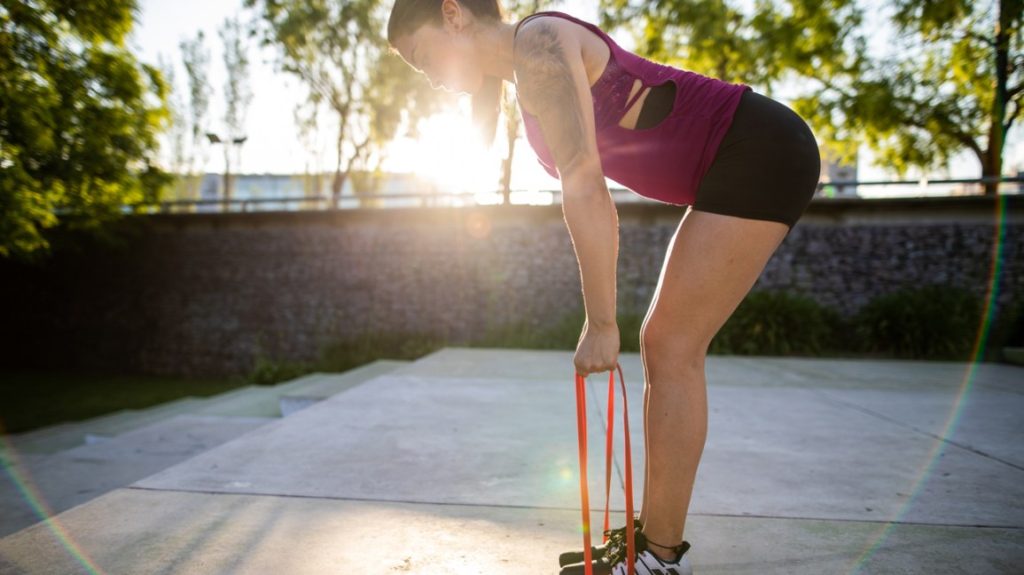
Resistance bands are a fairly niche form of resistance training which is getting more popular within both the fitness and weight loss community. One of the key reasons for using a resistance band is that it enables you to easily work muscles which don’t normally get worked – especially for home workouts.
As an example, take glute-isolation workouts. The gluteus maximus (your booty!) is traditionally quite a difficult muscle to put through its paces in a home setting. It’s a big muscle (well mine is!) and requires a lot of resistance to work hard. Incorporating a resistance band into your training makes it a doddle. Simply wrap the band around your upper thighs, lie on your back and lift up your bum – the combination of resistance at the thigh level and gravity helps work that glute in a way you would not get without the band.
People use high tension resistance bands to build up strength, and some even include a resistance band as part of a stretching routine. This diversity of use helps make resistance bands a useful exercise and weight loss tool.
Resistance Bands Help Increase Flexibility

Muscular flexibility is essential for keeping your body mobile, especially as you age – this is why yoga and pilates are such useful pastimes.
Resistance bands can be utilised to add dynamic movement into deep stretches to allow the muscle to repair and work more effectively. Research published in the Journal of Sports Science and Medicine explains how a 12-week of Pilates improved balance and flexibility in women. Resistance bands can offer similar improvements, or simply accentuate the impact of the pilates/yoga program.
The Afterburn Effect

Working out will typically cause you to feel short of breath – this is because your muscles require energy to perform the tasks you’re commanding them to do. With the help of the oxygen you breathe, your body can break down fat and carbohydrates, therefore, fueling the muscles to do the work. It becomes a virtuous circle. Under intense exercise with a resistance band, your muscles can actually require more oxygen to operate than you can inhale.
When you have completed your workout, the oxygen levels in your muscles don’t immediately drop. Instead, they remain high to help continue burning calories. This process is known as excess post-exercise oxygen consumption (EPOC), or more commonly, the “afterburn effect”.
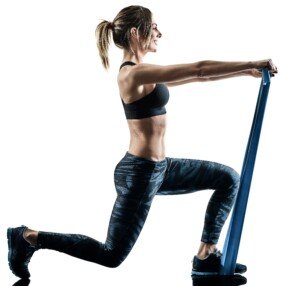 The duration of the effect depends on the intensity and the type of workout completed. The more muscle groups used, the longer the afterburn effect works.
The duration of the effect depends on the intensity and the type of workout completed. The more muscle groups used, the longer the afterburn effect works.
This is where resistance band training can come in. For example, high-intensity training with a resistance band and intense resistance training lead to excessive fatigue that prolongs short-term and long-term afterburn. Many people prefer HIIT-type workouts over low-intensity steady routines because it causes the body more fatigue.
Remember, the more the body goes into fatigue, the more the afterburn effect will continue to power your calorie loss.
Long-Term Impact
 In our opinion, resistance training is the most effective way to monitor and control your weight for an extended period. The body experiences an increase in muscle size (which may not be visible), and this then determines the resting metabolic rate (RMR). The RMR is the rate at which the body burns weight while resting. It accounts for 60-75% of total energy for people who do not work out. The more you do resistance training, and the size of your muscles increases, the more your RMR rapidly increases.
In our opinion, resistance training is the most effective way to monitor and control your weight for an extended period. The body experiences an increase in muscle size (which may not be visible), and this then determines the resting metabolic rate (RMR). The RMR is the rate at which the body burns weight while resting. It accounts for 60-75% of total energy for people who do not work out. The more you do resistance training, and the size of your muscles increases, the more your RMR rapidly increases.
You can increase your calorie burn by engaging the large muscle groups with the use of various motions. Muscle groups can be grouped into twos or threes to increase movement and effort. Trainers focus on combining intensity, repetition (of sets), and volume (of exercises and sets). With the high intensity, the body does more work and goes into fatigue. Research recommends that individuals do six to ten repetitions for pure weight loss until the muscles experience exhaustion or fatigue.
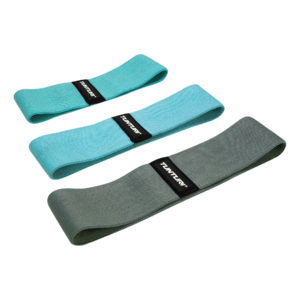 Another element is progression. With persistent exercises, the muscle gets stronger, which leads to less fatigue. Keep increasing the resistance, along with the number of reps, keep the process of fatiguing the muscle going. However, when doubling the strength of the resistance band, lower your reps.
Another element is progression. With persistent exercises, the muscle gets stronger, which leads to less fatigue. Keep increasing the resistance, along with the number of reps, keep the process of fatiguing the muscle going. However, when doubling the strength of the resistance band, lower your reps.
Resistance training with a band or with weights burns excessive fat, which drastically increases the afterburn effect, resulting in higher RMR that burns calories even when resting. With a healthy diet, you will be healthier and experience a more positive body change.
Assistance in Injury Rehabilitation
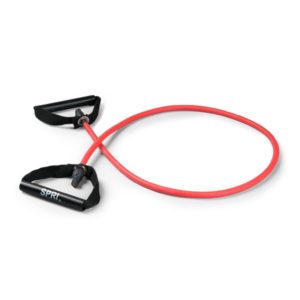 A professional athlete or even a regular person can get severe injuries from exercise. Luckily, resistance bands can be an invaluable component of your rehab after an injury.
A professional athlete or even a regular person can get severe injuries from exercise. Luckily, resistance bands can be an invaluable component of your rehab after an injury.
There was a study exploring the effectiveness of resistance bands in physical therapy. Within only three weekly sessions, there was an improvement in the balance and functional ability of the participant. Similarly, additional research shows how a home-based rehabilitation program could help knee osteoarthritis patients enhance their knees’ functionality.
While we don’t want to ‘jinx’ you, it’s certainly worth bearing in mind that a resistance band is not just for exercise but can also be used in a therapeutic way like this.
Burns Body Fat

Resistance bands burn fewer calories than high-intensity interval training. However, that is not to say that they are ineffective. A study found that sedentary women who used resistance bands consistently lost their body fat mass, including abdominal fat. Thus, reducing the chances of getting diseases like Type 2 Diabetes.
The diversity of resistance workouts is incredible. A lot of research has shown that using bands for compound movements like squat rows can rapidly speed up your heart rate.
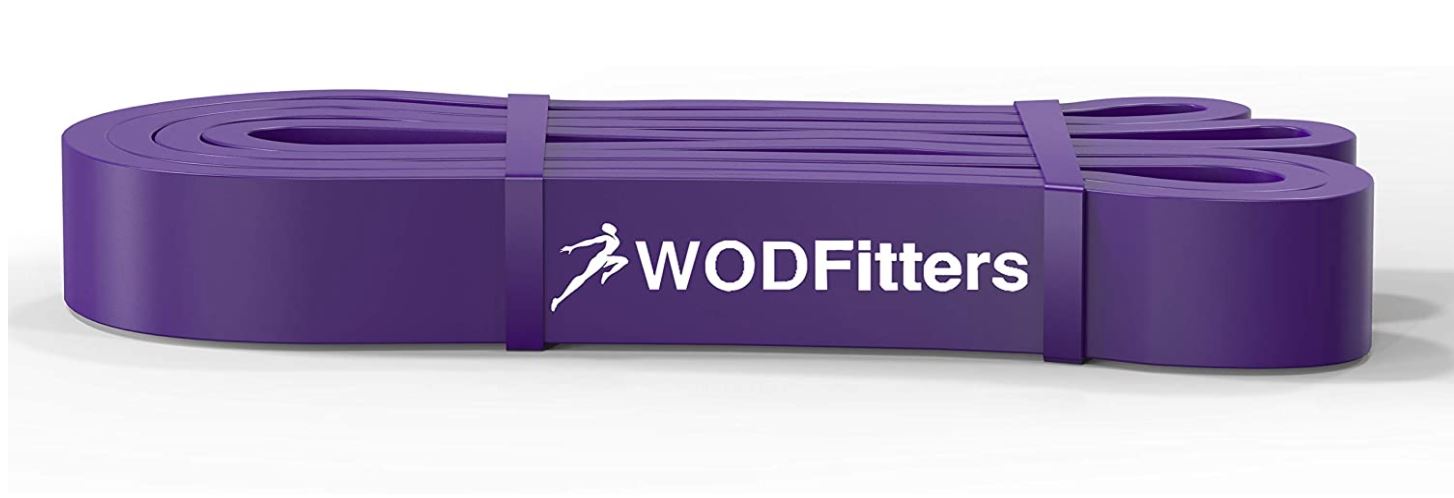 While resistance bands are great for beginners, it still requires a little bit of know-how before usage. It will be best if you look at the wear and tear of the band; only buy resistance bands which have higher durability – for example, WODfitters bands are excellent quality and won’t break the bank.
While resistance bands are great for beginners, it still requires a little bit of know-how before usage. It will be best if you look at the wear and tear of the band; only buy resistance bands which have higher durability – for example, WODfitters bands are excellent quality and won’t break the bank.
Conclusion
Scientific research shows that although pure-cardio workouts are effective in burning calories, sadly, they lessen muscle size too. There is increasing interest in strengthening and building muscle through the use of handy equipment, such as resistance bands. Therefore, if you want to get lean and stay strong, why not incorporate resistance bands in your workouts?
